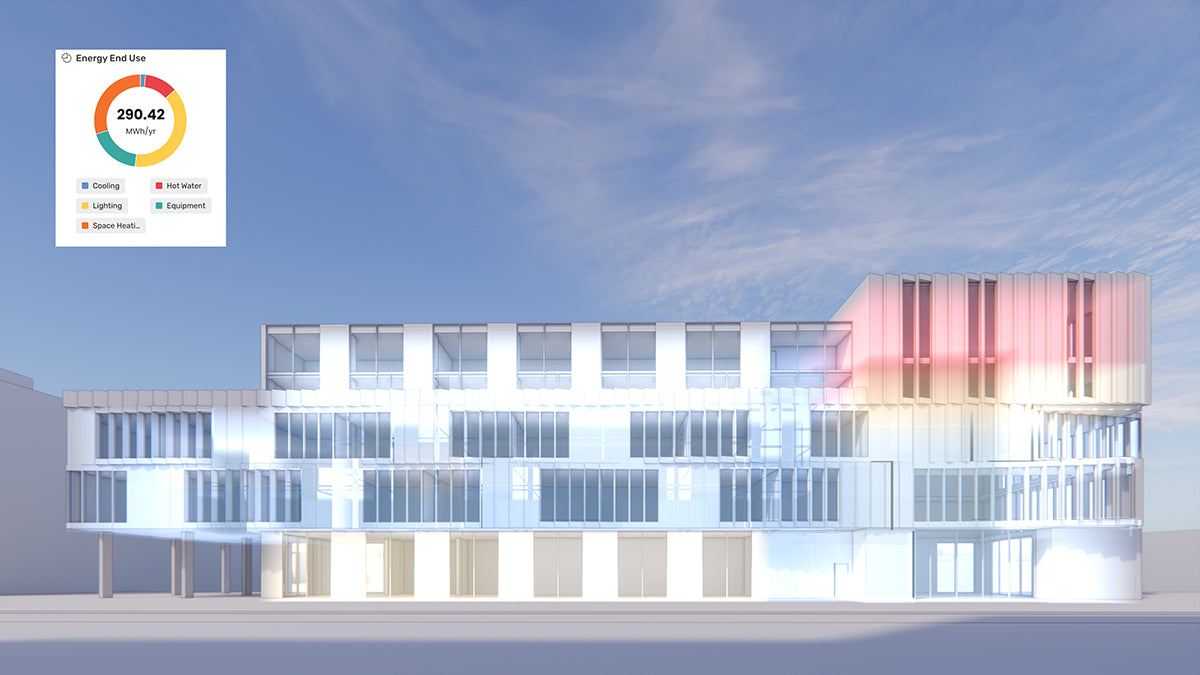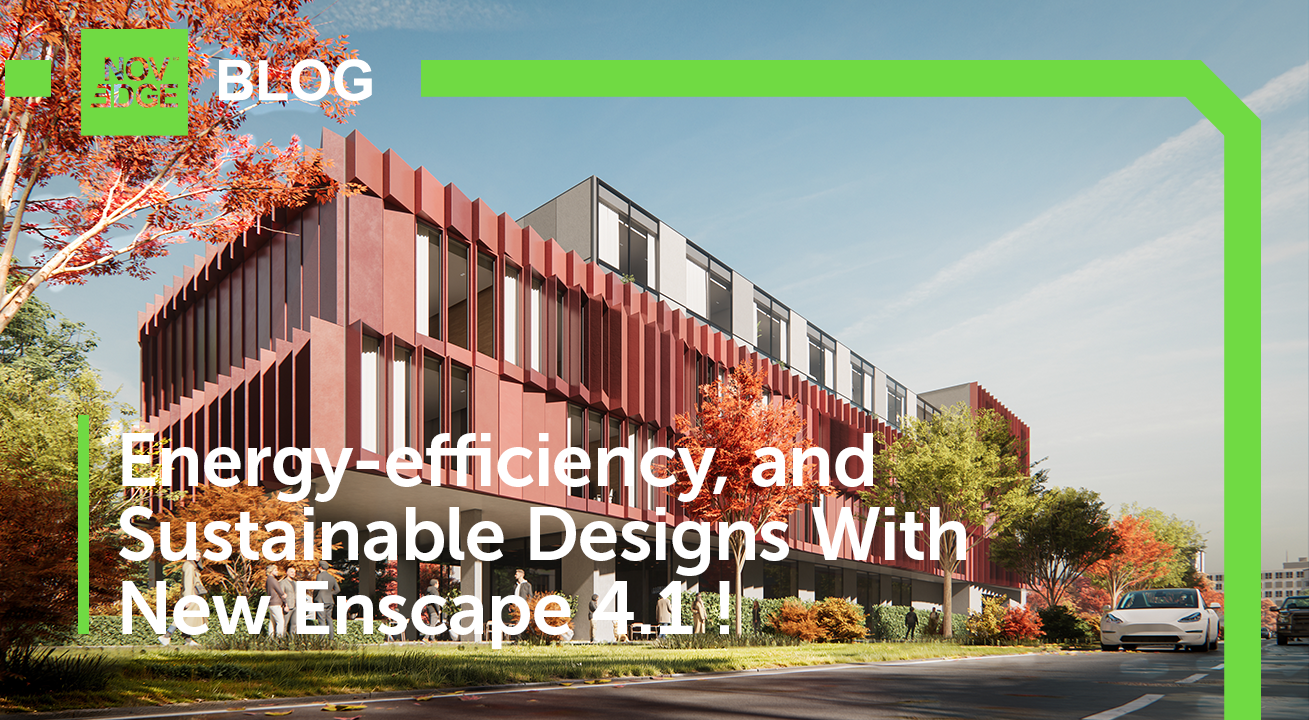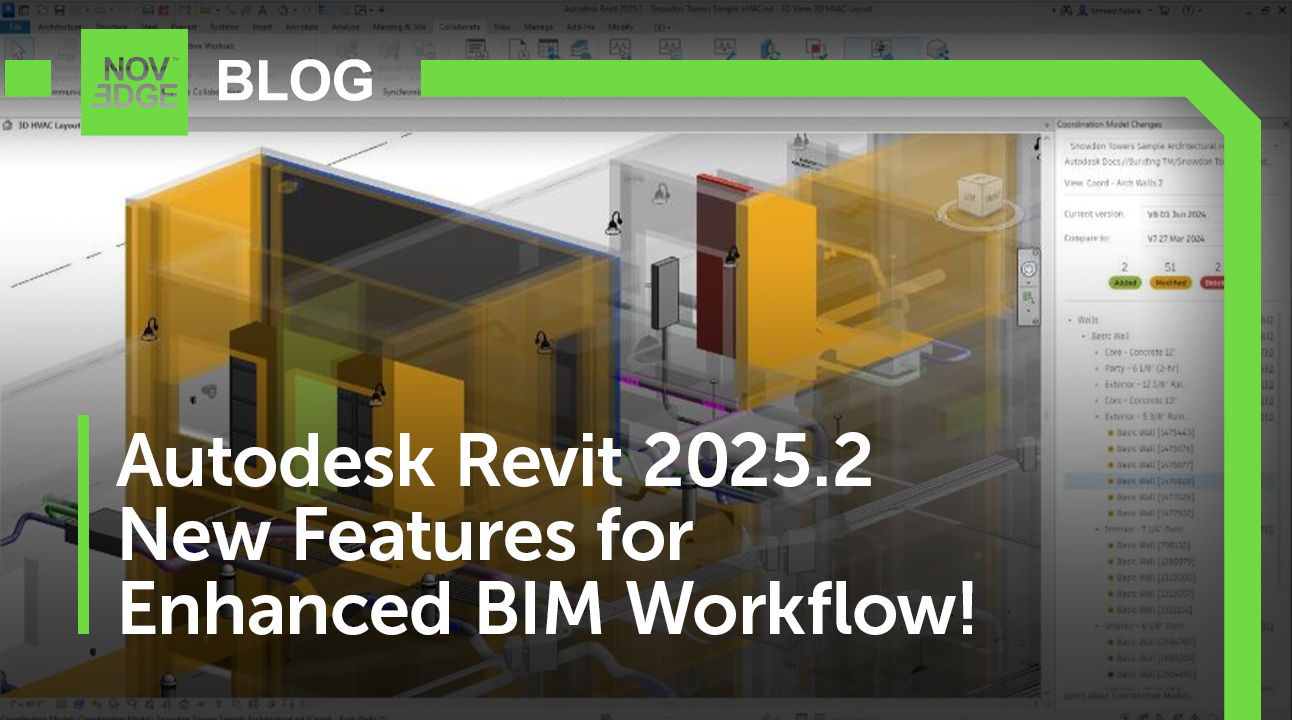Your Cart is Empty
Customer Testimonials
-
"Great customer service. The folks at Novedge were super helpful in navigating a somewhat complicated order including software upgrades and serial numbers in various stages of inactivity. They were friendly and helpful throughout the process.."
Ruben Ruckmark
"Quick & very helpful. We have been using Novedge for years and are very happy with their quick service when we need to make a purchase and excellent support resolving any issues."
Will Woodson
"Scott is the best. He reminds me about subscriptions dates, guides me in the correct direction for updates. He always responds promptly to me. He is literally the reason I continue to work with Novedge and will do so in the future."
Edward Mchugh
"Calvin Lok is “the man”. After my purchase of Sketchup 2021, he called me and provided step-by-step instructions to ease me through difficulties I was having with the setup of my new software."
Mike Borzage
The Edge: Gregory Cortez Photographs Architecture
June 17, 2014 6 min read

Novedge: Tell us a bit about who you are and what you do
Gregory Cortez: My name is Gregory Cortez and I am an Interior Design, Architectural, and Editorial photographer from the San Francisco Bay Area. I work with a variety of clients in Northern California, ranging from general contractors like Principal Builders, Inc, to interior design firms like RMW Interiors, and publications like Content Magazine.
As a kid, I knew from an early age that I wanted to be behind the camera. I started off making home videos for my middle school history class because I felt like the regular PowerPoint presentations were just too boring and non-engaging. From my first video, I knew that visual media was going to be my future. Since then I have spent the past 10+ years working on developing my eye and actively working with both video and photography.
I received my BA in Visual Arts – Media from the University of California, San Diego in 2011 and have been working on my business, Gregory Cortez Media, ever since.

Novedge: What is or has been the biggest influence on your work?
Gregory Cortez: It’s hard to pick just one influence, but if I had to choose I’d say my college film professor, Jean-Pierre Gorin. He is a filmmaker and director who worked closely with Jean-Luc Godard during the French New Wave era. Because of that, we watched and studied many films from the French New Wave and other eras that had similar aesthetics. Gorin’s perspectives on creating art and telling a story through the visual medium has really stuck with me. On top of that, the work ethic that he lived by is one to admire and it's something I am still working towards.

Novedge: How do you collaborate with clients during the creative process?
Gregory Cortez: When I work with clients, I try to make it clear very early on that the entire process of a project is very collaborative and engaging. I’ll have a conversation with them in the beginning to find out what they are looking for and to tell them a little bit about my process and how I can help them get what they want. I’ll provide samples of previous works of mine to help translate some of my ideas, and also ask them to send over progress shots or any other supplemental information or imagery that will help us both be on the same page. I do my best to keep the communication very candid and free flowing. I really want my clients to feel empowered and creative and not feel as if they are just hiring someone without having a say in the project or the vision. After all, it is their work that I am documenting it and I want to be sensitive to that.

That being said, if I get a call on a Wednesday and I am asked to shoot that Friday, and I’m available, I’ll make sure to cut to the chase and execute the job. And that usually means flexing my own creative muscle and vision without their involvement; I want them to know that they can trust me and my style. I know clients are busy and have their own machine to run so I can move quickly as well.

Novedge: What is a recent project that you worked on?
Gregory Cortez: I just recently finished a project with Aedis Architects, an architecture firm in San Jose, CA that focuses primarily in the public education sector and sustainability projects. The project was to photograph their new office space in Downtown San Jose and highlight some of the office’s key features; an open, bright space, with plenty of natural light and having a collaborative environment, all while yielding some privacy as well.

I worked closely with the Aedis team to understand and get a sense of how they actually function in the office space and build the images around that. Which goes back to working very collaboratively with my clients. The process was very casual and natural for both parties in the sense that we didn’t build scenes that were out of the ordinary for them to be in. I personally felt very inspired by their office and I think that comes through in the images.

Another project that was a lot of fun was a project that I photographed for Principal Builders, a General Contractor in San Francisco. The office was of the law firm Bryan Cave. For this project I had a lot of creative freedom and was given the go ahead to photograph it at will.

For this location I really wanted to focus on the unique features that office had to offer; a large cafe area with full wall-to-wall book shelving and an impressive dropdown lighting system. I had the time to take in the space and really gather all the elements that made it stand apart from other offices and incorporate those elements into a single frame.

I have a few other on-going projects right now that I wish I could talk about but I have to wait until they are finished. Though I can say they tell more of the story of a space and the work behind it, from beginning to end.

Novedge: What can photographers learn from architects and vice versa?
Gregory Cortez: There are many things that photographers can learn from architects. In my opinion, the fields can be very similar at times. It takes a lot of time and patience to visualize a space or building, especially before anything physical even exists. I feel that it is important to take the time to develop references and influences that help support and build upon the final idea. Working, tweaking, and even scratching ideas is all part of putting together a final product, whether it is a building or a photograph. Also, I think both professions have a very intimate relationship with light and space. A photographer should take the time, if available, to get to know the architect and the space before going a little too wild with strobes and such.

Novedge: Do you have some advice for architects looking to hire a photographer for the first time?
Gregory Cortez: The advice I would offer to architects hiring a photographer for the first time is to consider the long term value that the photography will have. Don’t rush into any relationship with a photographer or project without considering all of the details. Finding the right photographer is all about the relationship. A good photographer should be able to work and execute in a variety of different modes and situations, but if they are limiting you or your firm to a “my way or the highway” approach, I would think twice. I want my client relationships to be long-lasting and flexible. If they want to shoot a project a different way the next time around I want them to feel empowered, not scared that I would scoff at them and threaten to leave just because “I don’t shoot that way.” And lastly, there are quite a bit of details and factors that go into a location shoot. Conveying the right message about a space or building takes time to craft. Think of building a scene for a stage production: everything is in the details and it takes time.

Novedge: What is the best advice you have ever received?
Gregory Cortez: I would say that the best advice I have ever received, if I had to choose just one, is that “there are no bad actors, only bad directors.” Jean-Pierre Gorin said that to me in college and it has really resonated with me since. I think in today’s world it’s easy to say that the actor or actress did not perform well in a film, or even a model in a photoshoot. But I think that ultimately it is the responsibility of the director, or in my case the photographer, to work with your talent’s skill set and maximise it, even if that talent is a building or an office space. That advice has really pushed me to stop making excuses and to work harder to understand a situation and exploit it in a positive and beneficial way for both the client and the final product. You don’t hire a mechanic to tell you that your car is poorly made, you hire a mechanic to fix it. The same applies to photography, in my opinion.

Links:
To see more of Greg's work, head over to his website and blog or connect with him on Instagram and Twitter.
To keep up to date with Novedge's interviews, make sure to follow us on Twitter.
Related articles
Also in NOVEDGE Blog

How the AEC Industry Shifted Towards Essential Sustainable Building Design
August 15, 2024 4 min read
Explore sustainable building design strategies at NOVEDGE, focusing on eco-friendly practices for resilient and efficient structures.
Read More
Unlocking New Realms of Design with Enscape 4.1: Introducing Impact Add-on and Lot More
August 02, 2024 2 min read
Discover Enscape 4.1's new features, including Enscape Impact and artistic visual modes, to elevate design efficiency at NOVEDGE.
Read More
Explore Autodesk Revit 2025.2: New Features and Enhancements for Enhanced BIM Workflows
July 30, 2024 3 min read
Read MoreSubscribe
Sign up to get the latest on sales, new releases and more …






